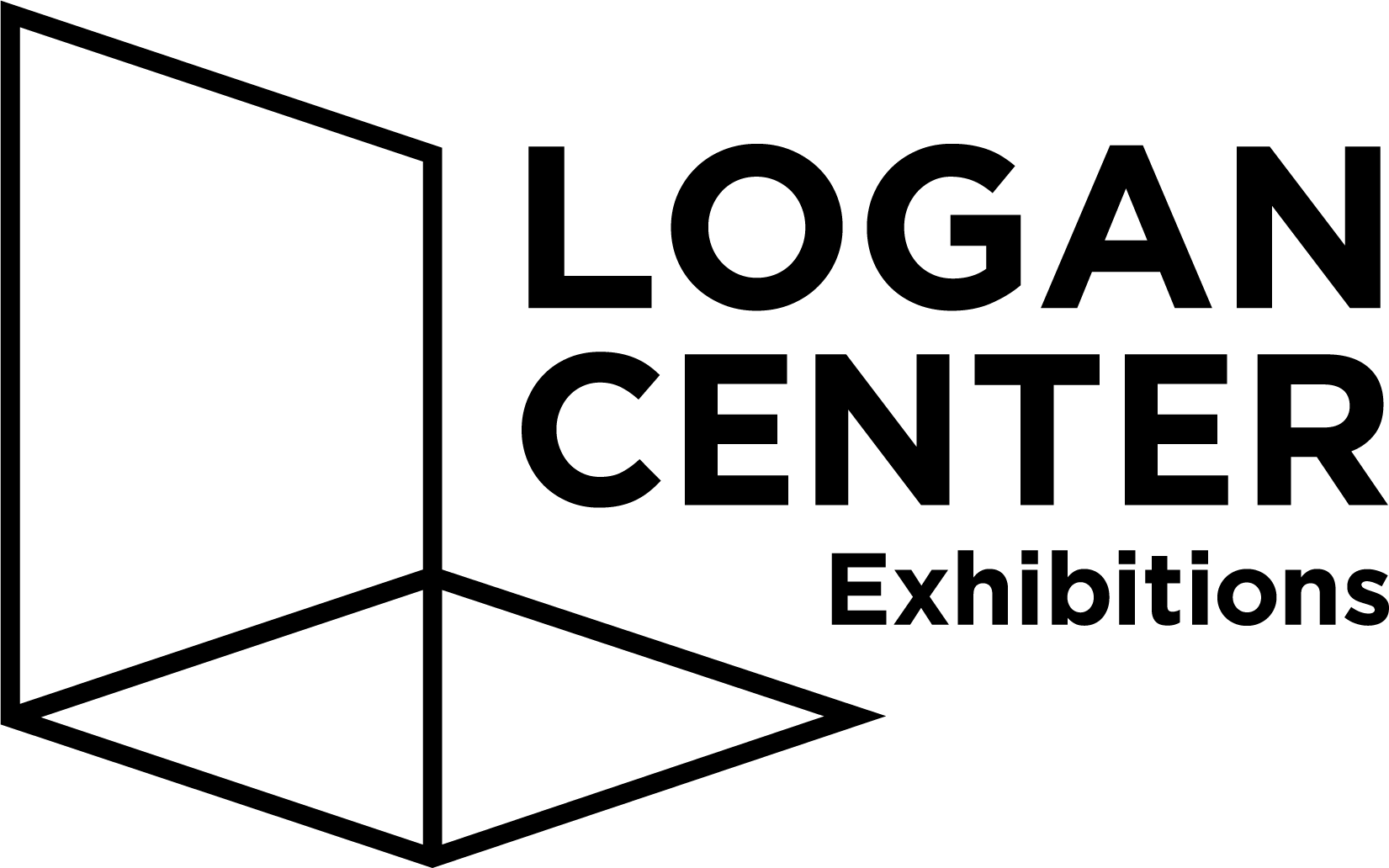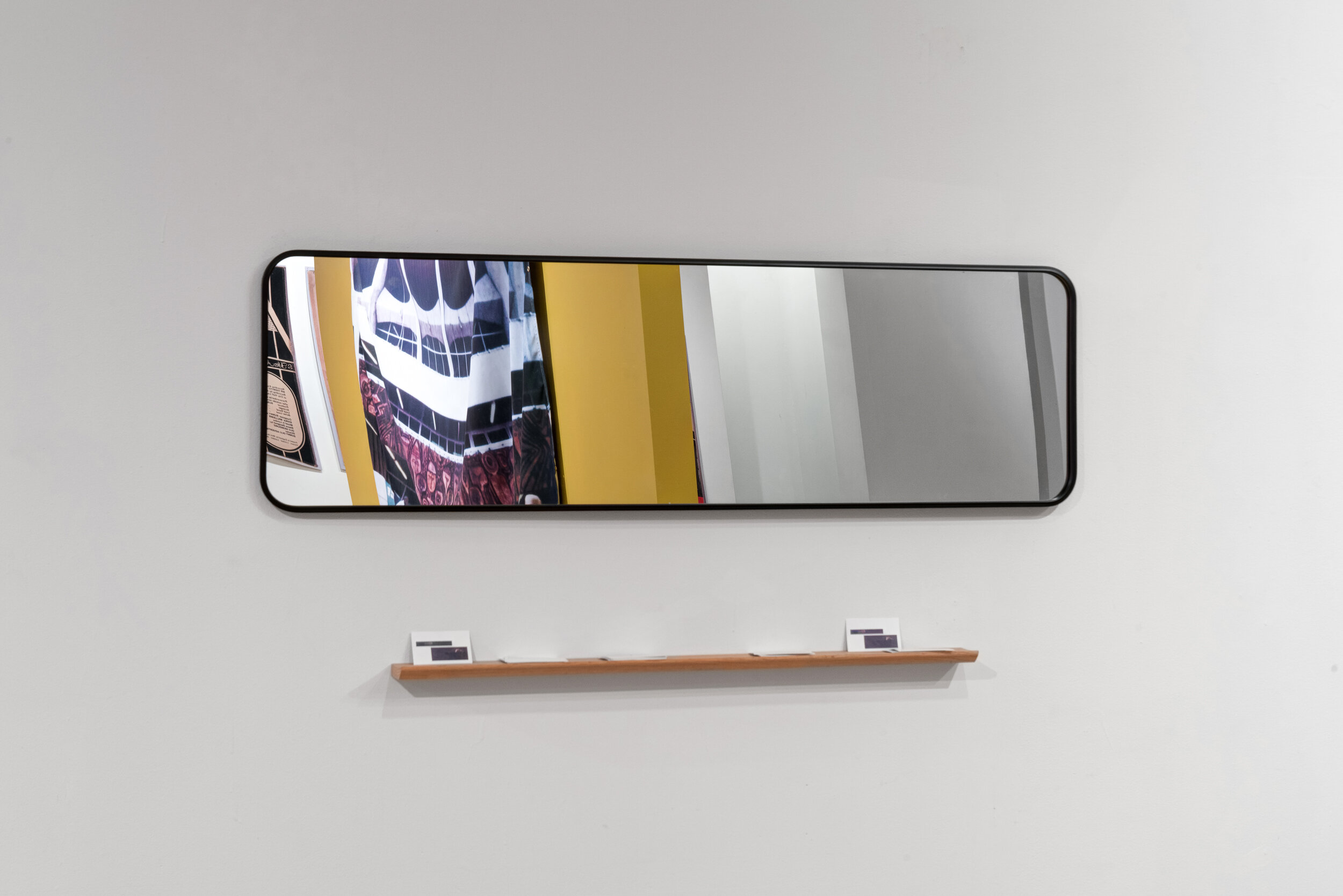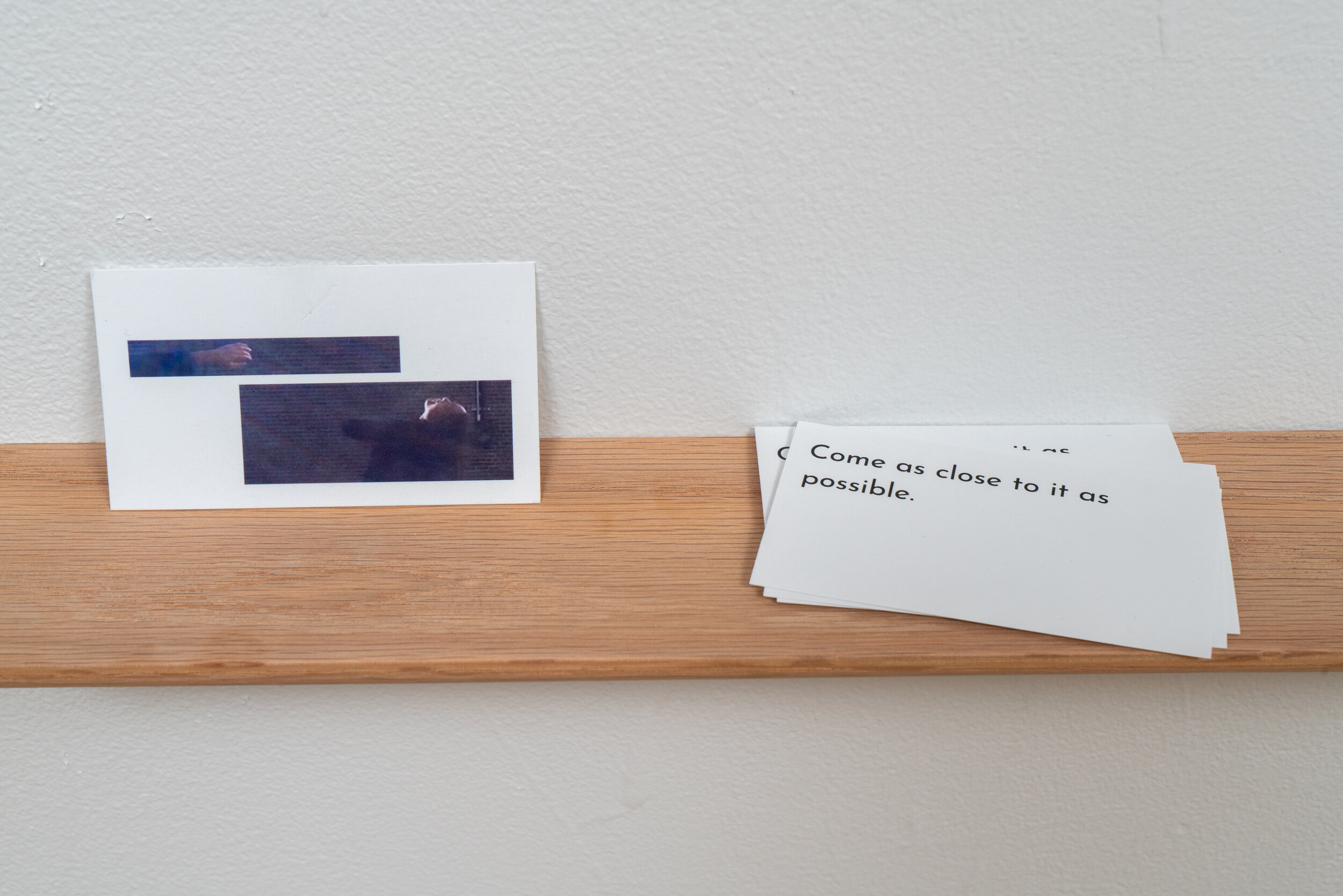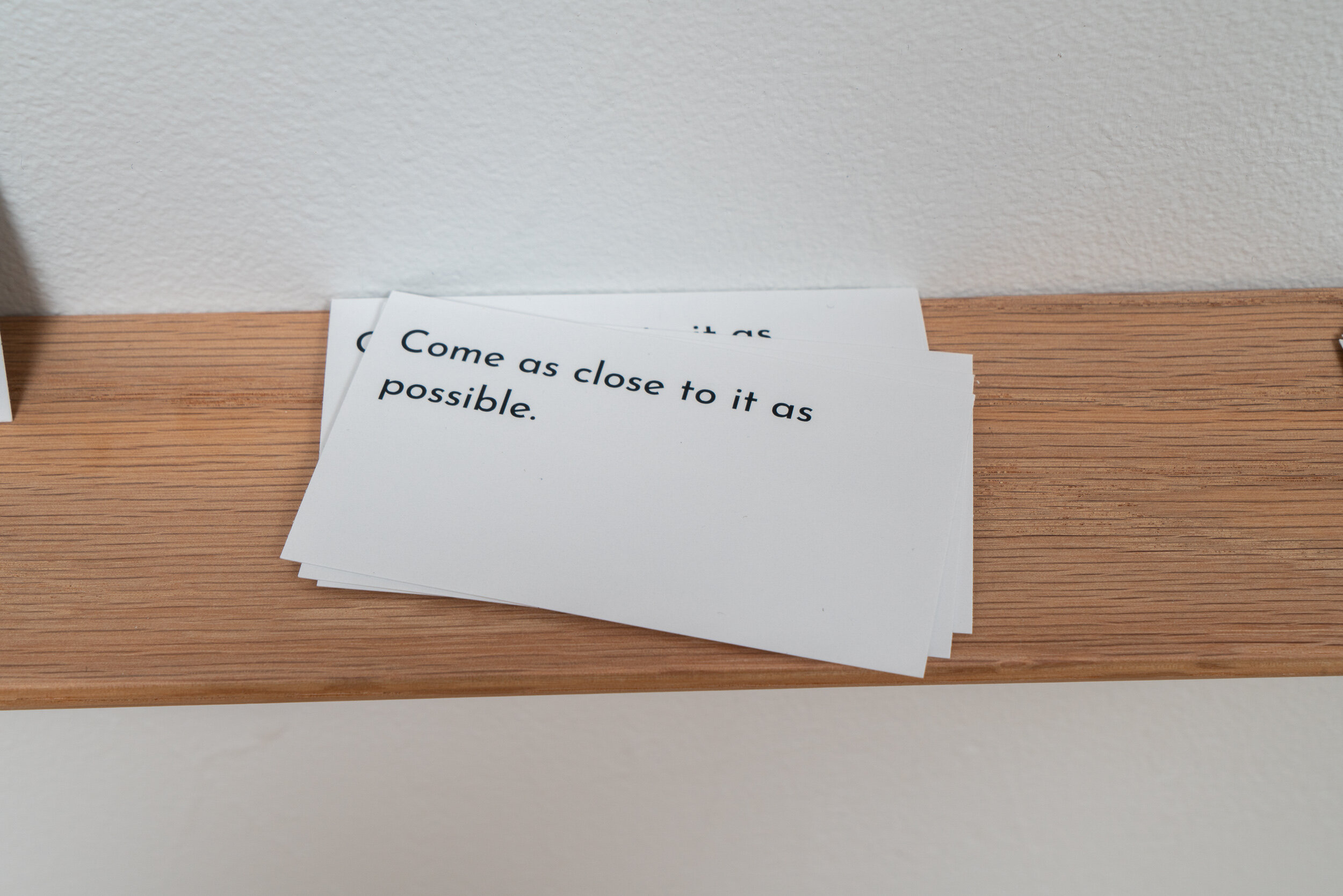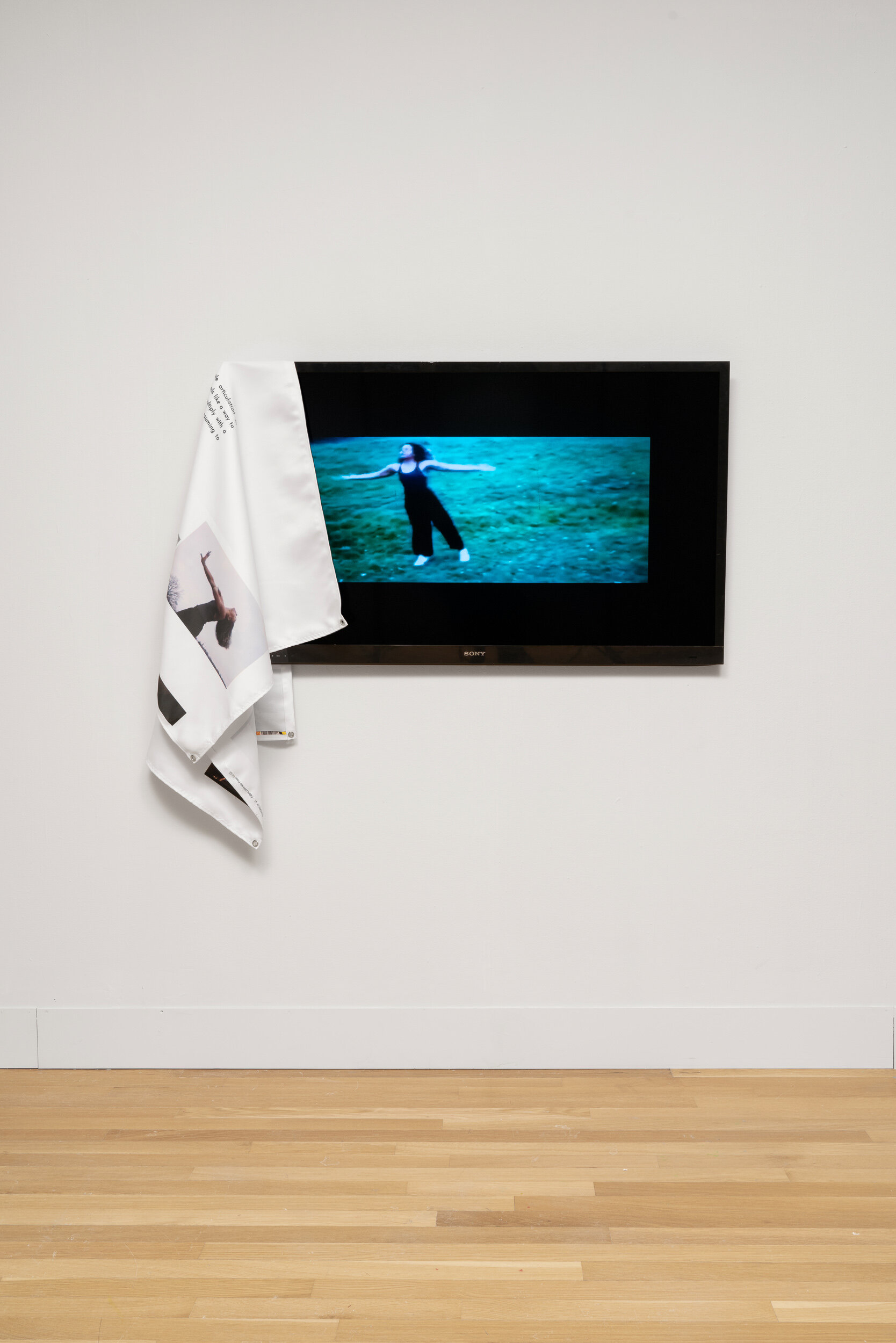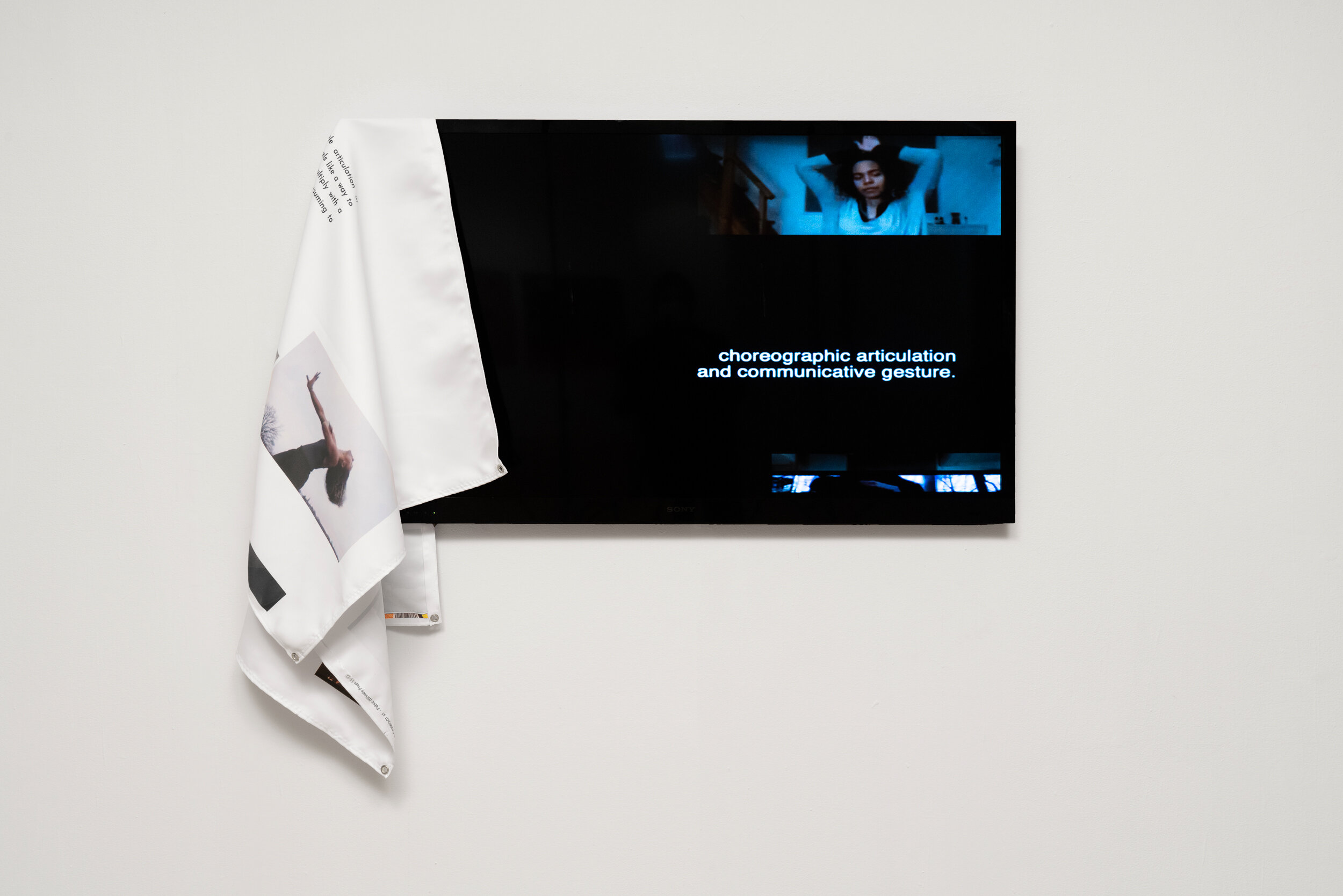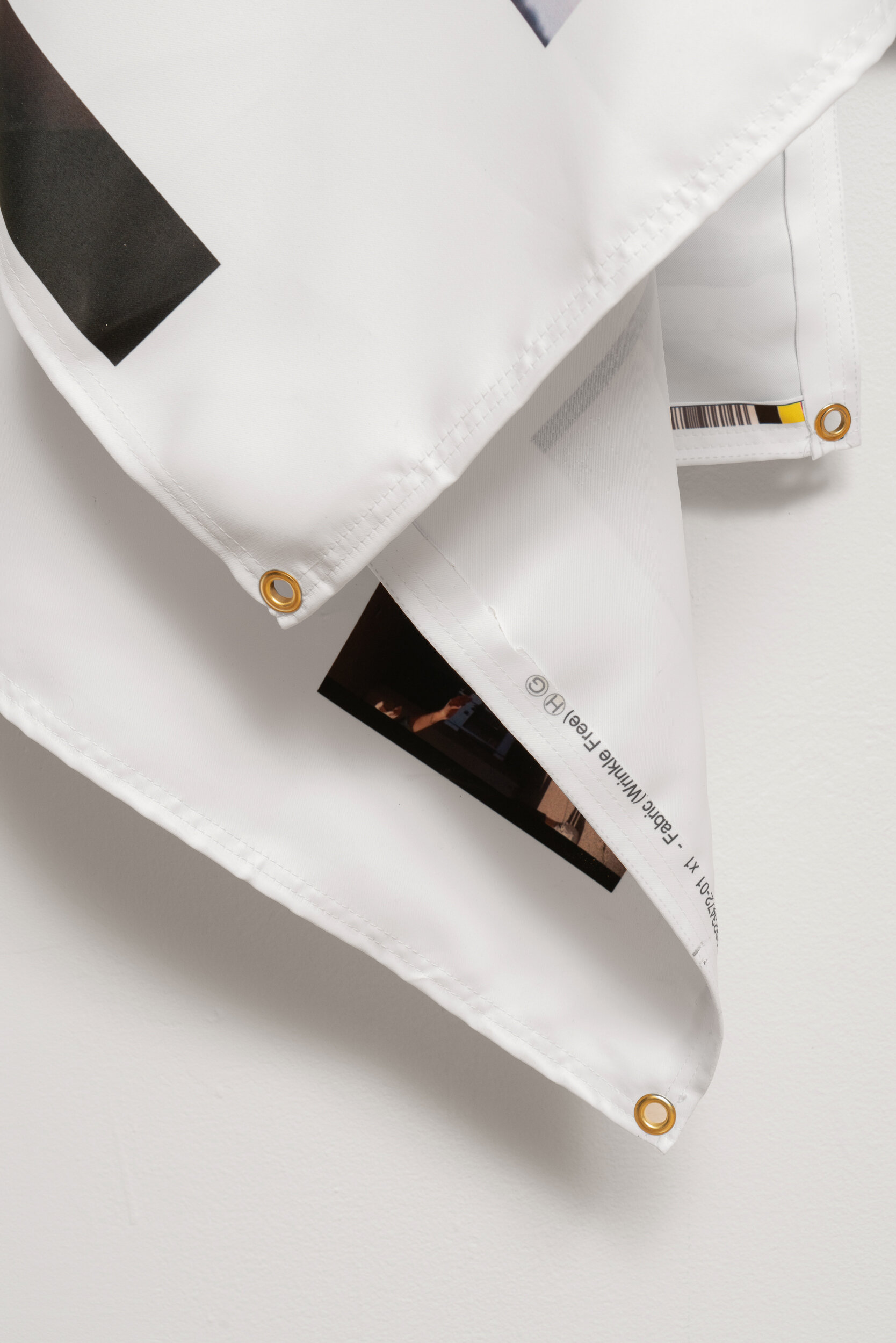Fabien Maltais-Bayda
In his detailed account of attending FESTAC ’77, artist Jeff Donaldson observes that dance was “by far the predominant form” at the international gathering. He recalls in particular that the Chicago-based Darlene Blackburn Troupe was “praised for the strength of its dance effort,” and that their performances were “rerun on TV several times during the festival.” Images of the dancing, however, are mostly absent from K. Kofi Moyo’s FESTAC archive; the photographer recounted having limited access to the performances. Given the breadth of activities taking place at FESTAC, and the restrictions that accompanied Moyo’s status as an unaccredited photographer, dance was not always easy to capture.
And yet Moyo’s photographs are rich with gesture and movement, evidencing choreographies of another sort. Used to describe a spectrum of artistic, political, and social movements, and as an analytical tool in its own right, choreography offers many routes into Moyo’s FESTAC archive. The activities documented here deploy choreographic methods to attend to and investigate the gestural vocabularies visible in, and operating around, Moyo’s photographs. With the conceptual and aesthetic questions that emerge from dance’s encounter with photography in mind, we rehearse an improvisatory practice. We move through relationships of mimesis, witnessing, and somatic description with the images that comprise this exhibit, this archive. We perform something like surface reading, generating a thin description of photographic articulations, which may accrue increasing thickness alongside the oral, musical, and critical treatments articulated throughout this space.
By dancing with these gestures we do not seek to abstract them, nor to decontextualize them. We do not aim to access some corporeal knowledge of past events that these photographs’ movements may hold. Rather, our task is to reiterate, recirculate, and multiply. Allowing corporeal articulations to ricochet, rebound, and resonate allows these movements to collect new meanings and associations. Improvising with them opens a space for sociality in precarious moments. Our method of embodied surface reading—following Tina Post, following John L. Jackson Jr.—is one of “non-knowing,” of “cobbling together.” To paraphrase Moyo’s own words as a research orientation: We couldn’t get close. But we got what we got.
Our Collective Act, FESTAC Gestures Sketch, 2020. Digital video, 11:37 min.
